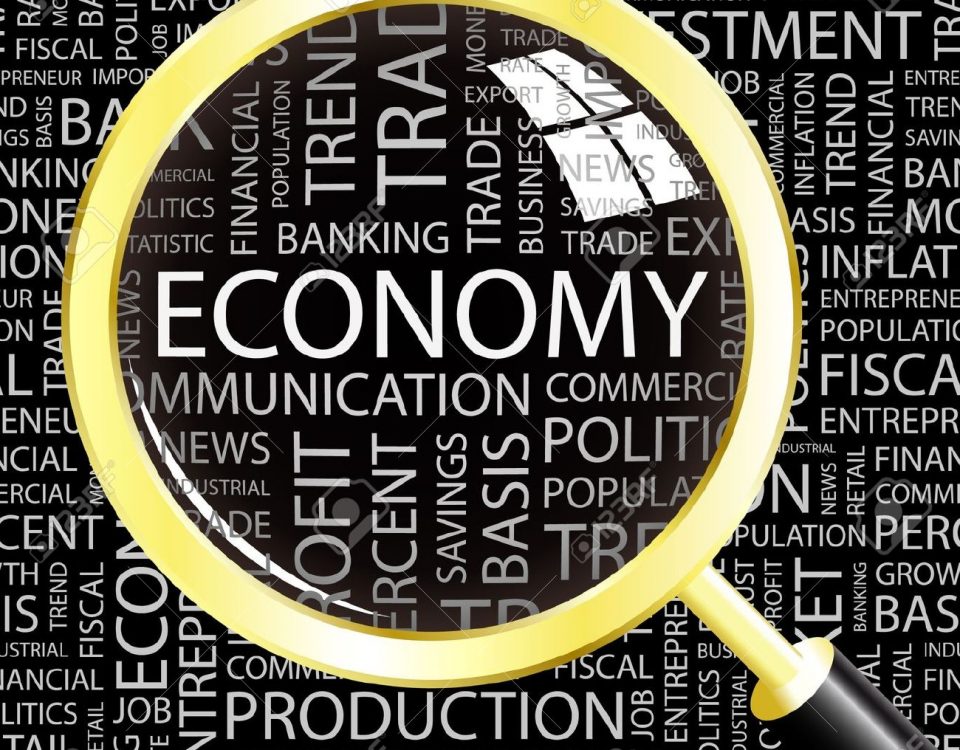World Update: Strong trade growth in 2018 rests on policy choices, says WTO

Nigeria Update: Tincan Port records increased exports for farm produce
May 9, 2018
World Update: European stock markets rise at open
May 11, 2018
World merchandise trade growth is expected to remain strong in 2018 and 2019 after posting its largest increase in six years in 2017, but continued expansion depends on robust global economic growth and governments pursuing appropriate monetary, fiscal and especially trade policies, World Trade Organisation (WTO) economists have said.
Indeed, the WTO anticipates merchandise trade volume growth of 4.4% in 2018, as measured by the average of exports and imports, roughly matching the 4.7% increase recorded for 2017.
Specifically, growth is expected to moderate to 4.0% in 2019, below the average rate of 4.8% since 1990 but still firmly above the post-crisis average of 3.0%.
The WTO’s trade forecasts are predicated on consensus estimates of global GDP, which have been revised upwards strongly in recent months. World real GDP at market exchange rates is projected to grow 3.2% in 2018 (up from 2.8% last September) and 3.1% in 2019.
However, there are signs that escalating trade tensions may already be affecting business confidence and investment decisions, which could compromise the current outlook.
“The strong trade growth that we are seeing today will be vital for continued economic growth and recovery and to support job creation. However this important progress could be quickly undermined if governments resort to restrictive trade policies, especially in a tit-for-tat process that could lead to an unmanageable escalation.
“A cycle of retaliation is the last thing the world economy needs. The pressing trade problems confronting WTO Members is best tackled through collective action. I urge governments to show restraint and settle their differences through dialogue and serious engagement,” said WTO Director-General Roberto Azevêdo.
Trade volume growth in 2017, the strongest since 2011, was driven mainly by cyclical factors, particularly increased investment and consumption expenditure. Looking at the situation in value terms, growth rates in current US dollars in 2017 (10.7% for merchandise exports, 7.4% for commercial services exports) were even stronger, reflecting both increasing quantities and rising prices.
According to the WTO, merchandise trade volume growth in 2017 may also have been inflated somewhat by the weakness of trade over the previous two years, which provided a lower base for the current expansion.
Until recently, Azevêdo notes that risks to the forecast appeared to be more balanced than at any time since the financial crisis. However, in light of recent trade policy developments they must now be considered to be tilted to the downside.

